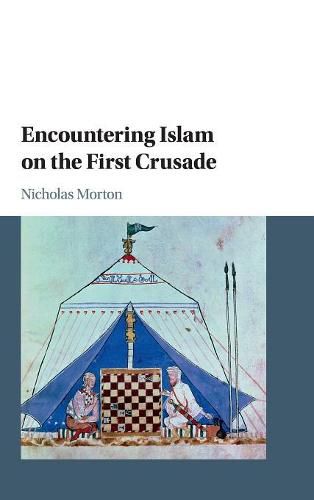Readings Newsletter
Become a Readings Member to make your shopping experience even easier.
Sign in or sign up for free!
You’re not far away from qualifying for FREE standard shipping within Australia
You’ve qualified for FREE standard shipping within Australia
The cart is loading…






The First Crusade (1095-9) has often been characterised as a head-to-head confrontation between the forces of Christianity and Islam. For many, it is the campaign that created a lasting rupture between these two faiths. Nevertheless, is such a characterisation borne out by the sources? Engagingly written and supported by a wealth of evidence, Encountering Islam on the First Crusade offers a major reinterpretation of the crusaders’ attitudes towards the Arabic and Turkic peoples they encountered on their journey to Jerusalem. Nicholas Morton considers how they interpreted the new peoples, civilizations and landscapes they encountered; sights for which their former lives in Western Christendom had provided little preparation. Morton offers a varied picture of cross cultural relations, depicting the Near East as an arena in which multiple protagonists were pitted against each other. Some were fighting for supremacy, others for their religion, and many simply for survival.
$9.00 standard shipping within Australia
FREE standard shipping within Australia for orders over $100.00
Express & International shipping calculated at checkout
The First Crusade (1095-9) has often been characterised as a head-to-head confrontation between the forces of Christianity and Islam. For many, it is the campaign that created a lasting rupture between these two faiths. Nevertheless, is such a characterisation borne out by the sources? Engagingly written and supported by a wealth of evidence, Encountering Islam on the First Crusade offers a major reinterpretation of the crusaders’ attitudes towards the Arabic and Turkic peoples they encountered on their journey to Jerusalem. Nicholas Morton considers how they interpreted the new peoples, civilizations and landscapes they encountered; sights for which their former lives in Western Christendom had provided little preparation. Morton offers a varied picture of cross cultural relations, depicting the Near East as an arena in which multiple protagonists were pitted against each other. Some were fighting for supremacy, others for their religion, and many simply for survival.